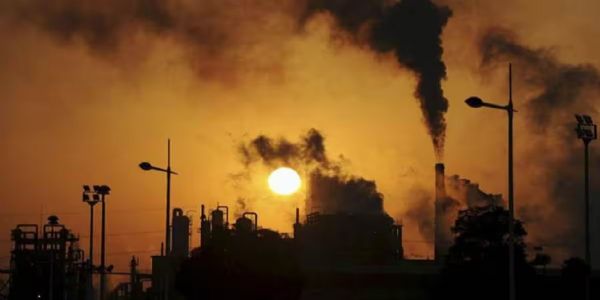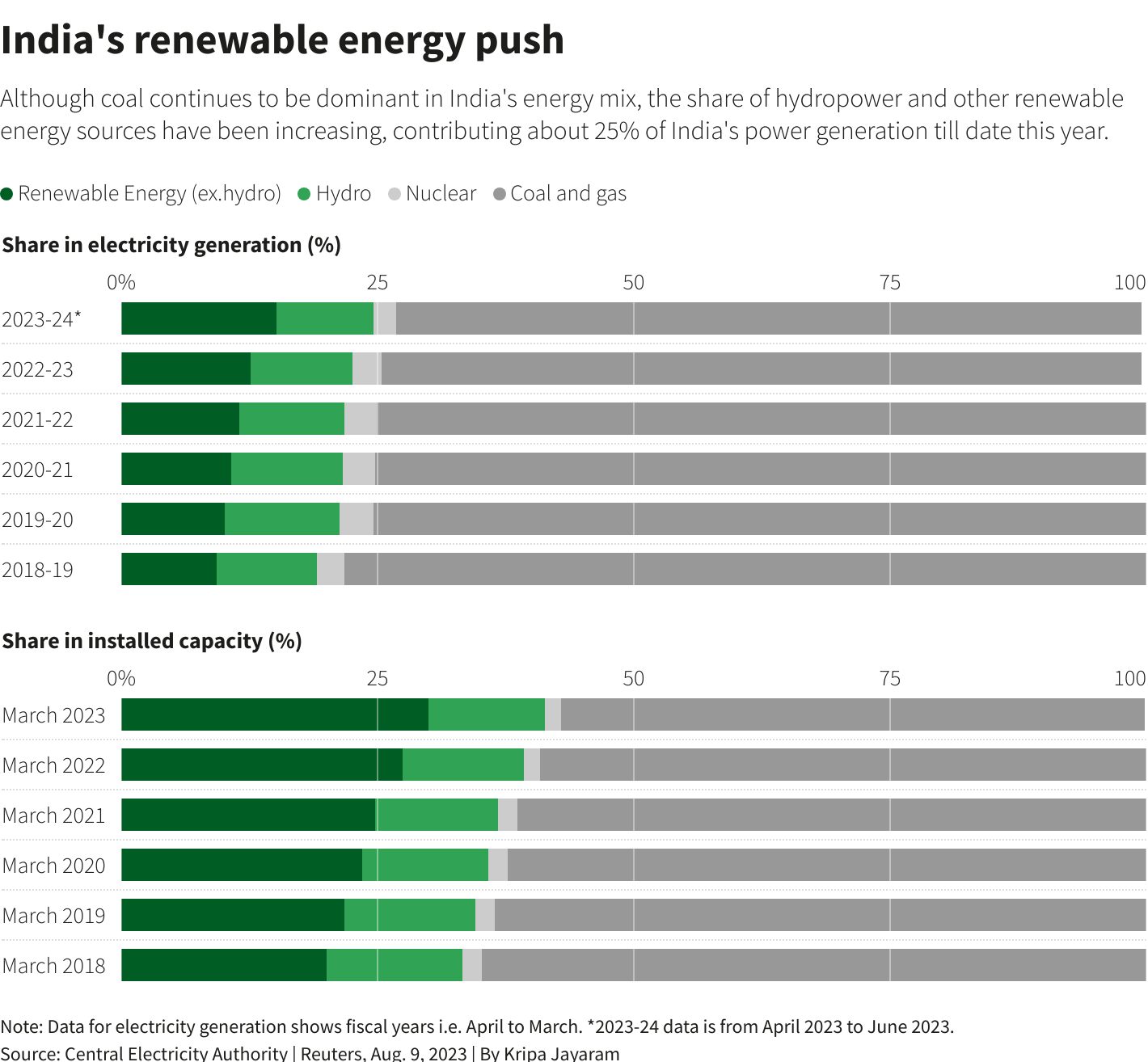NB Explains | Greenhouse emissions rate dropped: India's success story making world a better place?
10 Aug 2023 10:29:22
India's greenhouse emissions rate dropped by a faster-than-expected 33% in 14 years between 2005 and 2019, a Reuters report said, quoting two officials privy to the latest assessment — Third National Communication (TNC) report — made for submission to the United Nations. It said that renewable energy generation rose and forest cover increased.

What does the report say?
The assessment report showed India well on the way to meeting a commitment to the United Nations Convention on Climate Change (UNFCCC), to reduce emissions intensity by 45% from the 2005 level by 2030. India's rate of emissions intensity — the total amount of greenhouse gas emissions emitted for every unit increase of GDP — fell by 33% from 2005 to 2019.
The report also said that there is continuous reduction in the emission intensity of the Indian economy. This shows that India has been able to completely decouple its economic growth from greenhouse gas emissions.
Fastest emissions cut
India's average annual rate of emissions reduction increased to 3% during 2016-2019 from 1.5% during 2014-2016. It was the fastest reduction so far as was largely attributable to the government's push towards renewables, even as fossil fuel continues to dominate the energy mix.
This also means that the progress made on reducing emissions intensity should help India avert pressure from developed nations to stop using coal.
What has worked for India?
The TNC report says a substantial increase in forest cover and schemes promoting non-fossil generation and targeting emissions in industrial, automotive and energy sectors has led to the sharp reduction in India's emissions intensity.
As of 2019, forests and trees covered 24.56%, or 80.73 million hectares, of India.
Of late, India has also been trying to promote green hydrogen, manufactured by splitting water molecules using renewable energy.
The report is, however, yet to be ratified by the Union Cabinet.

Reuters Graphics
Energy
Central Electricity Authority data shows that non-fossil fuel-based power — including hydro, nuclear and renewable energy — accounts for 25.3% of India's total power generation in 2022-23 against 24.6% three years earlier.
Thermal power stations, however, still provide 73% of the electricity consumed, down from about 75% in 2019.
Meanwhile....
The Group of 20 (G20) major economies failed twice last month to agree on phasing out the use of fossil fuels and on setting concrete targets to cut emissions. Developing countries including India are resisting higher emission reduction targets, arguing that industrialised nations unfettered use of fossil fuels have depleted resources.